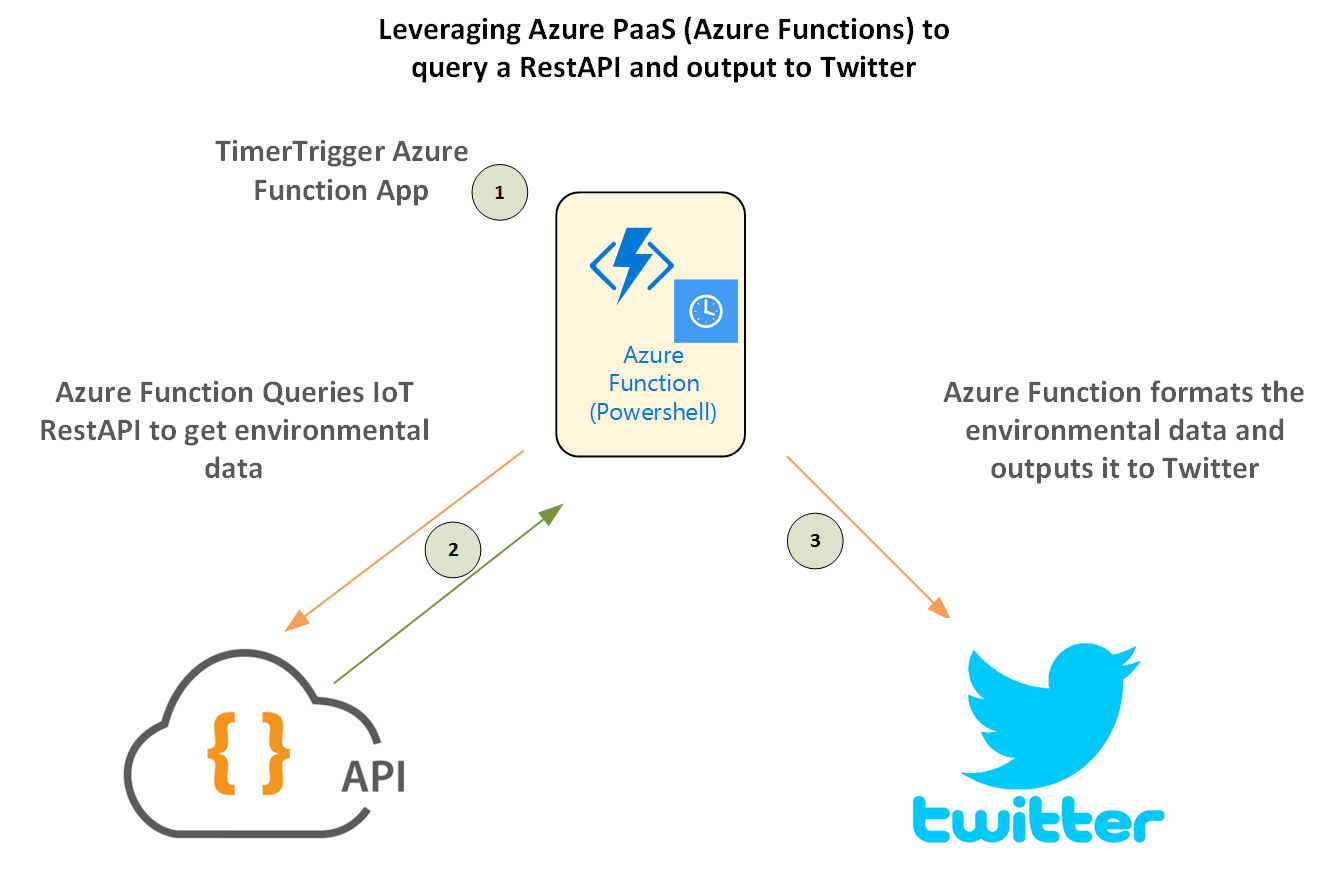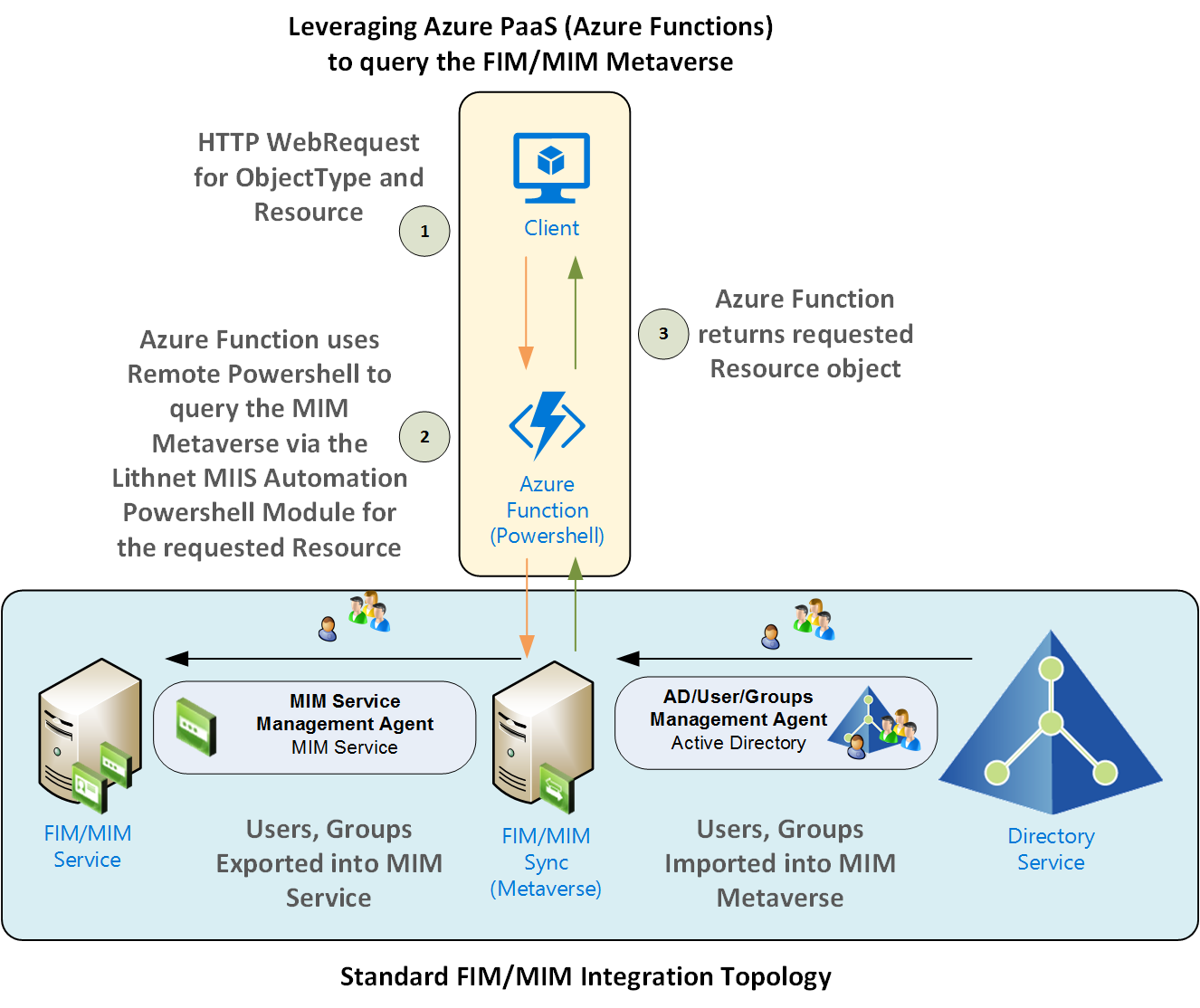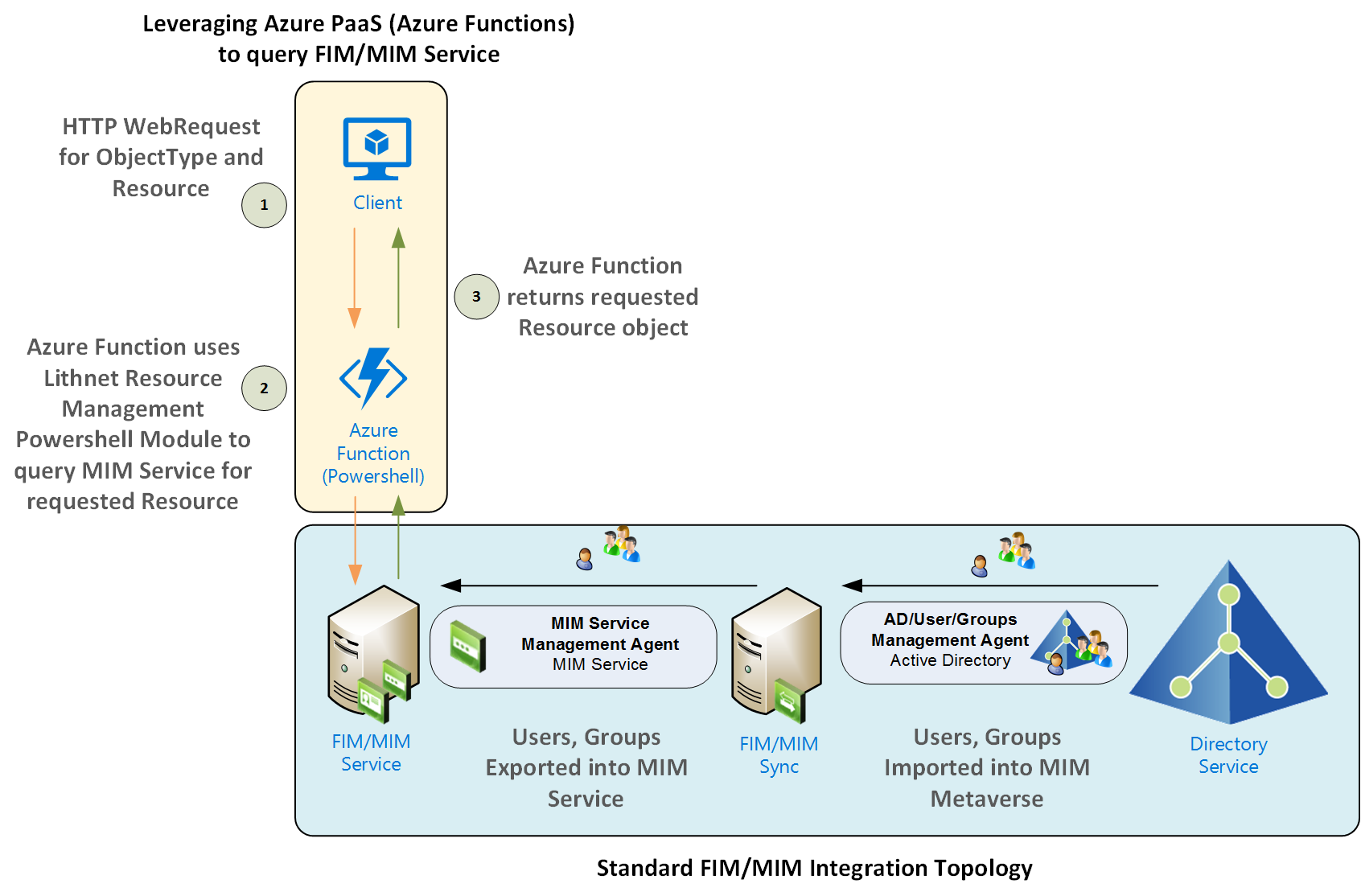Tools for Testing Webhooks
In a microservices environment, APIs are the main communication methods between services. Most of time each API merely sends a request and wait for its response. But there are definitely cases that need longer period to complete the requests. Even some cases stop processing at some stage until they get a signal to continue. Those are not uncommon in the API world. However, implementing those features might be a little bit tricky because most APIs use HTTP protocol, which are basically web-based applications that have timeout constraints.… [Keep reading] “Tools for Testing Webhooks”







